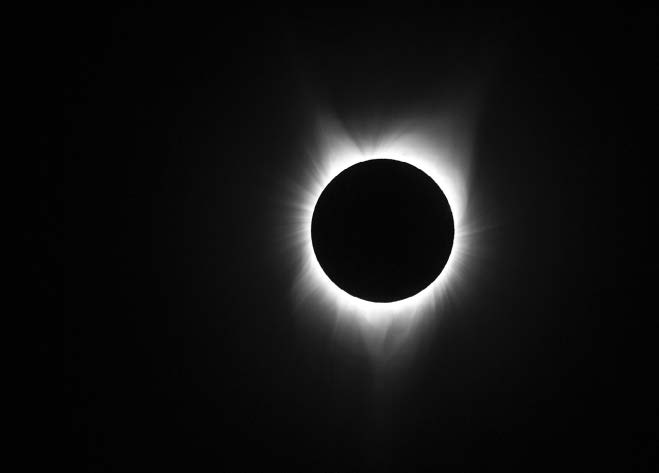the Sun in summer and significantly farther from the Sun in winter. c. The 23.5-degree tilt of Earth's axis results in more direct sunlight and longer days in summer and less direct sunlight and shorter days in winter. d. The Sun changes in brightness slightly over a year, being slightly brighter in summer and slightly dimmer in winter.
True or False? 4. Astronomers have detected hundreds of planets orbiting stars other than the Sun. 5. Astronomers have strong evidence that liquid water once flowed on Mars. 6. Astronomers have discovered conclusive proof that life once existed on Mars.
FOR INTERMEDIATE OBSERVERS
1. What was Galileo's major contribution to astronomy? a. He invented the telescope. b. He was the first to suggest that the Sun, not Earth, was the center of the solar system. c. He used telescopes to observe the phases of Venus and the moons of Jupiter, which helped to support the Suncentered model of the solar system. d. He developed the mathematics of gravity, which can be used to predict and explain the motions of the planets and stars in the universe.
2. Assume that you live on the Moon near the center of the side that faces Earth. When you see a "new" Earth in your sky, what phase of the Moon do people on Earth see? a. New Moon b. Crescent Moon c. Full Moon d. Third-quarter Moon 3. In which one of the following situations would total solar eclipses still occur? a. The Moon orbits Earth at half its current distance. b. The Moon is half its current diameter. c. The Sun is twice its current diameter. d. The Moon orbits Earth at twice its current distance.
True or False? 4. Astronomers have obtained direct images of extra-solar planets.
5. In about 5 billion years, the Sun will run out of hydrogen fuel and "die" in a supernova explosion. (continued)
